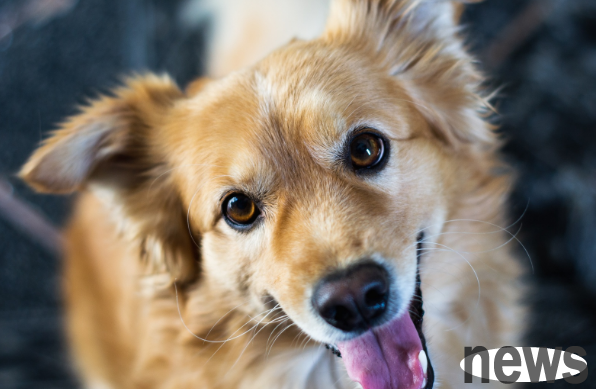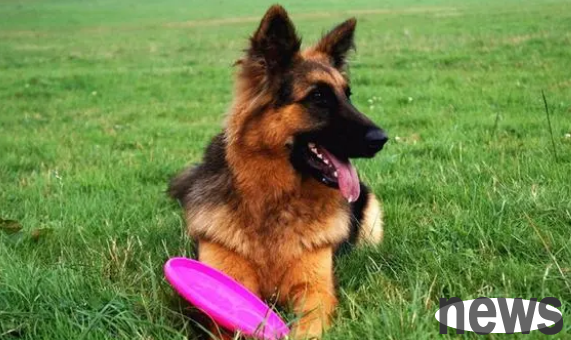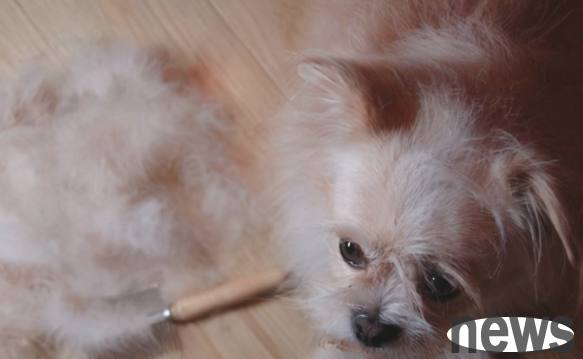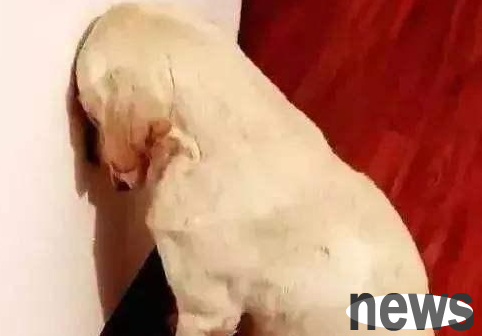There are five kinds of wild behaviors on dogs. Does your dog have it?
The history of dogs survival is quite long. After living with humans, dogs have changed so much today.
And some dogs still have some habits from the primitive era, and I call these residual habits wild dog behavior, that is, behaviors from the wild age. So what are the behaviors of dogs?
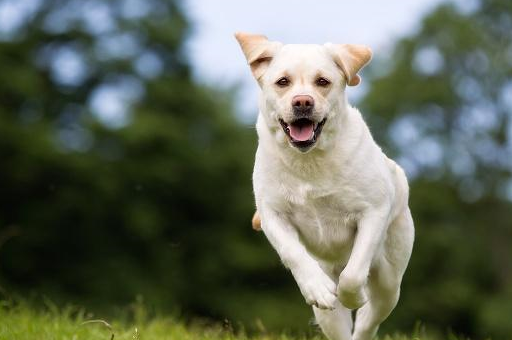
Behavior 1: When chasing moving things, dogs often use preying on wild animals as food when hunting, so they are naturally sensitive to moving things, so chasing moving things is a residual wild behavior.
Because people use dogs' hunting instincts and behaviors, they trained working dogs such as sheepdogs. But nowadays, dogs live with their owners, so they no longer need to hunt and get food by themselves, but occasionally they will subconsciously follow some moving things.
So we say this is the behavior of a wild dog, that is, the behavior of a dog in the wild era.
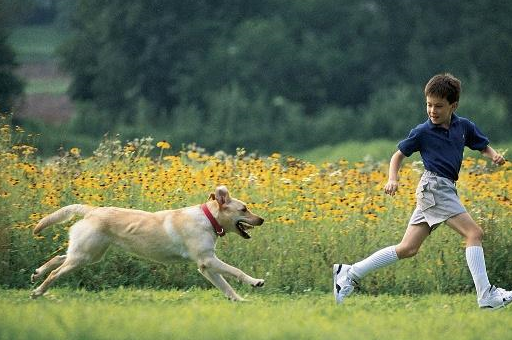
Behavior 2: Dig holes on the ground
Some dogs like to dig holes on the ground. Whenever they go to the lawn or in the garden, the dog will start to dig holes, which looks very cute. Sometimes dogs do this at home, but there is no soil at home, so the dog will stop after catching it for a few times.
Sometimes, dogs at home like to dig holes in soft sofas. What you need to be careful not to let the dog dig, otherwise the sofa will be gone. Digging holes is actually a habit in the wild age, and it also has two meanings. One is to dig holes to store food; the other is to dig holes to roost, similar to nests.
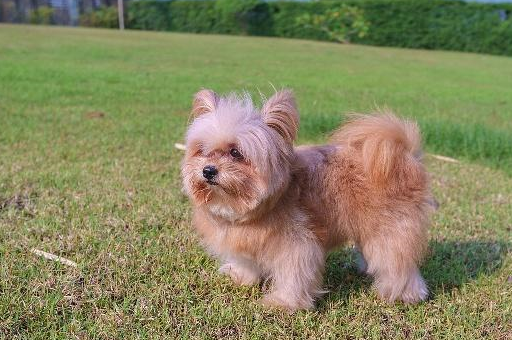
Behavior 3: Peeing as a mark
Dogs like to occupy territory. When you go out, you will find that dogs will raise their legs to pee at any distance, just pee a little at a time. But this is just a little bit, which is a personal mark that belongs to the dog, to declare to other dogs or animals that this is its own territory and cannot be violated by others.
This is also a wild dog's behavior. Some do it directly at home, but a dog doing this at home means that his status is higher than that of the owner, so the expressions at home and in the wild are different.
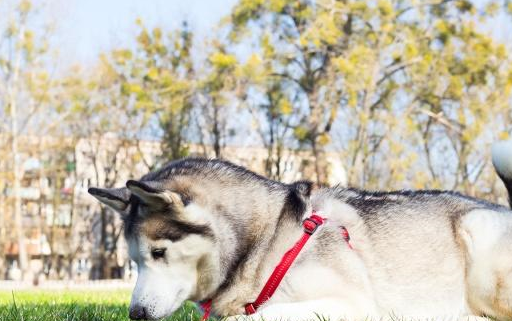
Behavior 4: Trying to become a leader
This continues the situation where dogs urinate at home. This situation means that if a dog wants to become a leader, the territory in his family belongs to him, and the people in his family are all things that the dog needs to protect, and the dog believes that his status is the highest.
Because in the wild era, dogs have a group of people, and there is a leader in the group, and dogs will follow the leaders to live, etc., so in modern dogs, if they still have this consciousness, they will strive to become a leader, so this is a wild habit.
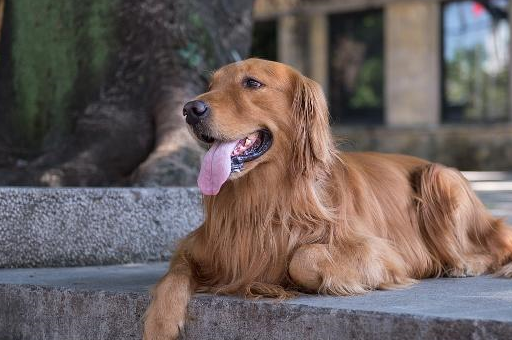
Behavior 5: Follow the owner's advice and follow the leader's last one, the leader is the leader, and the dog follows the owner to act.
So there is a dog doing whatever the owner says, and the dog stands up once the owner is in danger, and the dog will also try to stop family quarrels, etc.
Because dogs know that killing each other is not beneficial, starting in the wild era, dogs advocate team first and will not cause internal conflicts because of anything. At the same time, they also obey the leader's arrangements as much as possible. This is dog!

